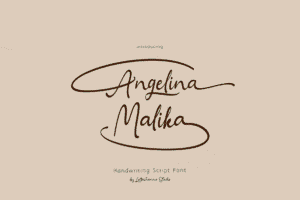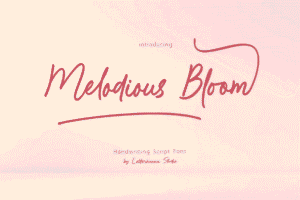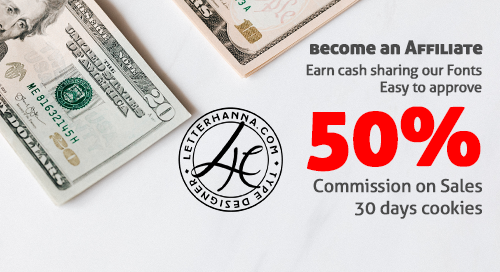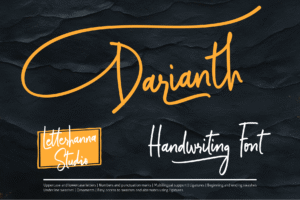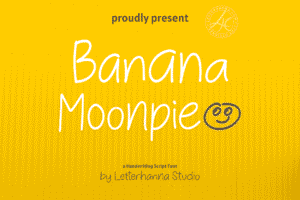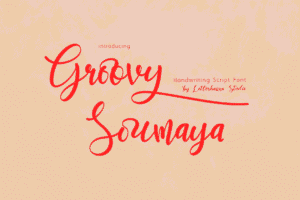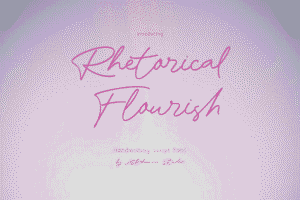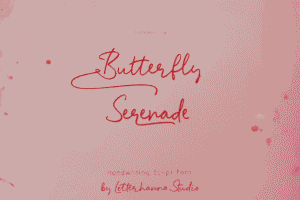🧱 The Foundation of Form
If the letter ‘a’ is the spark that ignites a font, ‘b’ is the structure that holds it steady. With its tall stem and perfectly perched bowl, the lowercase ‘b’ introduces vertical rhythm and sets the tone for all ascenders in a typeface. It’s like the friendly architect of the alphabet — structured, dependable, and quietly stylish.
📜 A Brief History of ‘b’
As with many Latin letters, the story of ‘b’ begins in the Phoenician alphabet, where its origin is the letter “beth”, meaning house. Early depictions looked like a crude rectangle or shelter — not exactly cozy, but you get the idea.
-
Phoenician (1050 BCE): Beth looked more like a boxy floor plan than a letter.
-
Greek (Beta): The Greeks rotated and refined the form into Β — the second letter of their alphabet.
-
Etruscan to Latin (700–300 BCE): The Romans shaped it into the upright B we recognize today, adding proportionality and rhythm.
Lowercase ‘b’ evolved from scribes simplifying capital forms. It retained its vertical stem (ascender) and added a rightward loop or bowl — giving it the look we now know and love.
🔍 Anatomy of the Letter ‘b’
The lowercase ‘b’ is a masterclass in balance:
-
Ascender: The tall vertical stroke, extending above the x-height, often setting the typeface’s maximum height benchmark.
-
Bowl: The rounded enclosure on the right, sitting neatly on the baseline.
-
Shoulder/Join: The transition point between the stem and bowl.
-
Counter: The space inside the bowl — must be open and clear for readability.
In serif fonts, the stroke contrast between the stem and the bowl adds elegance. In sans-serifs, the uniformity makes it bold and clean.
🛠️ How to Design the Letter ‘b’
Designing a ‘b’ might seem easy — it’s just a stem and a bowl, right? Ah, but therein lies the designer’s trap! Tiny inconsistencies in proportion or curve alignment can make it wobble visually, even if it’s technically perfect.
Step-by-Step Guide:
-
Start with the stem
Begin with a strong, confident vertical line. Make sure it’s consistent with the weight and height of your ‘a’. -
Add the bowl
Attach a bowl on the lower right, ensuring it sits flush with the baseline. The join should be smooth — no bumps! -
Refine the counter
The interior space should feel visually balanced with the other letters. If it’s too small, the letter feels cramped. Too big, and it loses authority. -
Check stroke contrast
If you’re designing a serif or humanist font, pay attention to stroke thick–thin transitions. Too harsh, and it feels dated; too soft, and it may lack personality. -
Test in text flow
Try typing: “ab”, “bob”, “bubble”, “blurb” — check how the curves interact. Also test side-by-side with other ascenders like d, h, l.
🧠 Designer Tip
The bowl of the letter ‘b’ is often slightly smaller than you’d expect. It needs to visually balance with its tall stem and not feel heavy. Optical correction is key here — trust your eyes more than your measurements.
🎨 Unique Variations & Styles
-
Geometric sans-serifs (like Futura): The ‘b’ is clean and minimal, using near-perfect circles.
-
Humanist fonts (like Gill Sans): Show subtle calligraphic influences, with flowing transitions.
-
Blackletter and script fonts: ‘b’ can look dramatically different — sometimes looped, sometimes flourished, always stylized.
Some designers take the opportunity to make the ‘b’ a branding feature — consider the quirky lowercase ‘b’ in the Behance logo or the iconic simplicity in Dropbox’s old logotype.
🤯 Unique Fact of the Day
The ‘b’ and ‘d’ reversal is one of the most common early writing mistakes for children learning to read — and not because they’re lazy! Our brains are wired to recognize shapes more than orientation, making mirrored forms like ‘b’ and ‘d’ naturally confusing. Designers have to work extra hard to keep these two distinct while staying stylistically consistent.
🔮 Looking Ahead: The Letter ‘c’
Tomorrow, we curve even more as we explore the charming and deceptively simple letter ‘c’ — a letter that can be wide, sharp, soft, or sassy depending on how you slice it. Stay tuned for the history, anatomy, and juicy design secrets of this curvy character.
Want me to whip up a bold, scroll-stopping thumbnail for the letter ‘b’? I can make one that’s sleek, colorful, and totally click-worthy — just give me the word!


